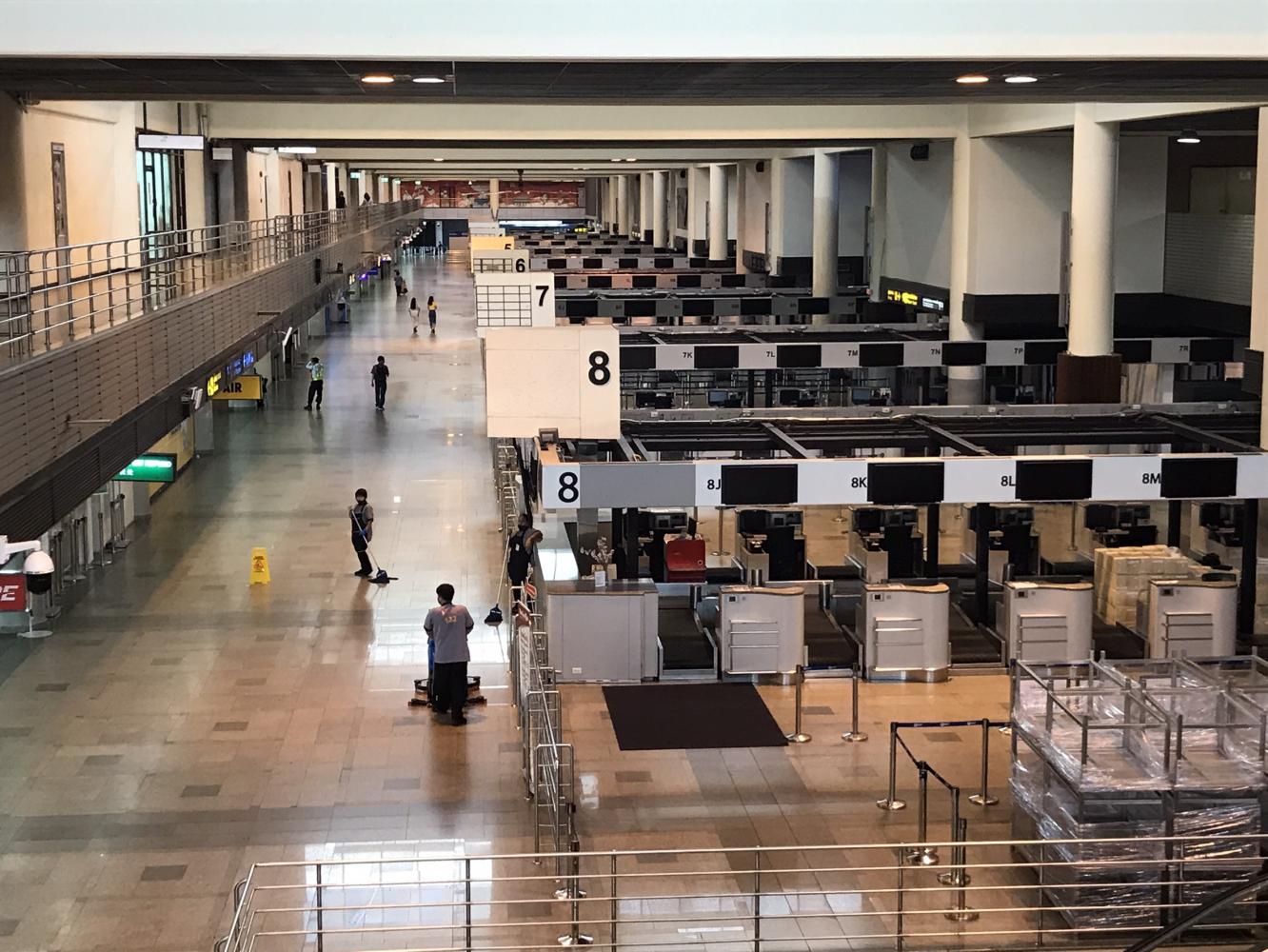
Thai Lion Air (TLA) is predicting another gloomy year for global tourism as the airline prepares for the worst possible scenario, an extended period without international tourists.
"International passengers brought in much higher revenue and we long for the borders to reopen, but in reality we have to accept that precautionary measures are necessary for the country," said TLA chief executive Aswin Yangkirativorn. "The coronavirus vaccine may be ready, but universal access will take time."
Based on the worst-case scenario, TLA's business plan for the first half of 2021 will focus on expanding its domestic networks and strengthening local demand, challenging tasks for all airlines operating in Thailand.
TLA can now resume flights on 13 domestic routes, but only at 60% of the frequency of the levels seen prior to the pandemic.
For example, TLA used to offer 8-9 daily flights to Chiang Mai when tourism was at its peak, but this has now been scaled back to 4-5 flights per day due to the limitations in the market, with all players competing for the same customers.
In the fourth quarter, the average load factor increased to 80-85% from 70-75% in the third quarter as the high season for domestic air travel got underway.
There is a sense of uncertainty in relation to the year ahead as local purchasing power may deteriorate, while some new routes to second-tier cities may not be continued in the long run if the economic situation deteriorates.
During Thailand's first lockdown in April-May, TLA halted all domestic and international flights immediately, while gradually offloading aircraft over subsequent months. Before the pandemic, the airline was using 30 aircraft, but this has now dropped to 11, with the majority of the fleet having been returned to the parent company in Indonesia.
Mr Aswin said the airline's ability to make this decision quickly had helped to ease the massive cost burden of leasing aircraft, which has been a pain point for most airlines worldwide.
TLA's parent company, the Indonesia-based Lion Air Group, announced that it had cut 2,600 jobs in its three Indonesian units, resulting in a 9% reduction in the workforce.
Mr Aswin said TLA could not disclose the number of layoffs it had made during the crisis, but he admitted that it had followed a similar policy to its parent company by adjusting employment levels in line with a more compact fleet. As a result of this, 50-60% of fixed costs had been cut, he said.
The path to recovery will become clearer once people can travel freely within the country and once the bulk of constraints imposed by the Civil Aviation Authority of Thailand had been removed, such as the requirement that airlines not use seats in the middle of each row on a flight and the requirement that airlines stop offering in-flight food and drink sales.
"What we are doing now is just maintaining the business, but we are far from making a profit," said Mr Aswin.
Nuntaporn Komonsittivate, head of commercial operations at TLA, said the airline is still ambitious and hopes to return to the operating levels it enjoyed prior to the pandemic when it was utilising 30 aircraft.
Next year, TLA plans to bring 3-5 aircraft back into service on domestic routes. The utilisation rate of each plane at close to maximum capacity is about 9-10 hours per day.
"We also have to be ready for the international market, in case there's a sudden shift next year, so that we can act on it immediately," she said.
She said TLA usually earned 50% of its revenue from international routes, the majority coming from China.